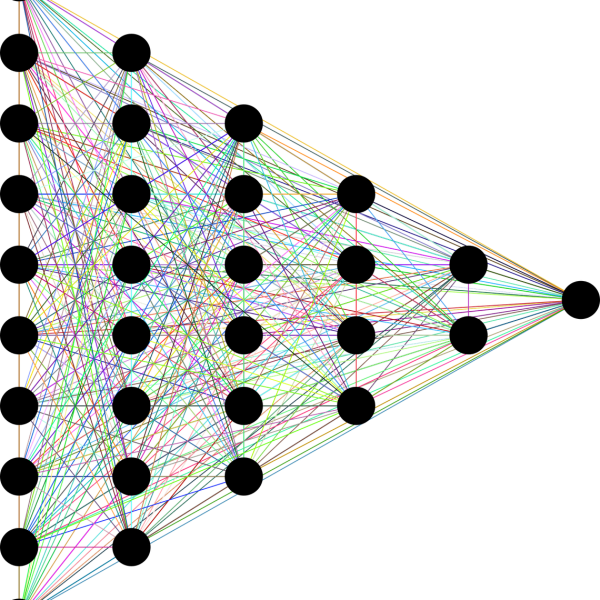As a product leader on the Google Assistant team, I’m often asked – what does the future look like for voice technology? It’s an exciting time as conversational AI is poised to revolutionize how we interact with devices and information. Based on our learnings developing the Assistant, here’s my perspective on the voice tech landscape and where things are heading.
We’ve come a long way very quickly in the voice domain. When we first launched the Assistant in 2016, voice assistants were a novelty. But rapid advances in speech recognition and natural language processing fueled swift adoption. Today, the Assistant handles over 3 billion voice queries every month.
Voice is one of the most intuitive ways for people to connect with technology. That’s why we see voice AI becoming an ambient interface built into all kinds of devices and environments. The home is the most natural place to start.
Smart home device sales are growing exponentially, and over a quarter of Google Nest users now use the Assistant regularly. We’re focused on creating a more helpful Assistant that proactively meets needs like reminding you to take your medication or alerting you about upcoming bills.
But the Assistant also needs to understand context and have multidirectional conversations. Our Continued Conversation feature that lets you follow up without repeating “Hey Google” is a step in this direction. Making dialogue with the Assistant more natural and adaptive is vital.
Our research shows people expect the Assistant to be helpful everywhere, not just at home. So we’re partnering with carmakers to integrate voice commands that simplify driving. For example, you can say “Hey Google, text Alex I’m running 10 minutes late” to send messages hands-free.
Multi-step voice interactions will become crucial when the Assistant is supporting complex tasks. We’re teaching the Assistant to break down problems, offer clarifying questions, and remember context from previous conversations.
The Assistant also needs to draw on real-world knowledge to hold deeper discussions on any topic. Our investments in knowledge graph data and conversational AI can make the Assistant an engaging companion that keeps conversations going.
But most importantly, users want to talk to an assistant that has an intuitive personality beyond just responding to commands. Building emotional intelligence into the Assistant to pick up on nonverbal cues and respond appropriately is a major area of innovation.
Advancements in sentiment analysis and tone detection will make the Assistant more perceptive. When you sigh in frustration from not finding an answer, it can apologize and recalibrate responses to be more conversational.
Designing the Assistant’s persona to be helpful, respectful and even playful at times will make interactions more natural and enjoyable. Building human-like listening skills takes the Assistant from reactive to relatable.
Of course, earning user trust is crucial. Our commitment to data privacy and security is foundational. The Assistant processes over 20 billion queries monthly across 90 languages without storing user recordings. Protecting personal data is an uncompromising principle.
Looking ahead, we’re focused on expanding voice capabilities across languages and understanding different accents and dialects. Using federated learning, we can train speech models using data from many users without keeping personal data.
We’re also exploring multi-modal interactions where the Assistant can interpret gestures and expressions during conversations. The next frontier is building empathetic assistants that truly connect at an emotional level and form bonds with users over time.
Finally, we believe the future is collaborative. The Assistant works best when it coordinates device ecosystems to automate tasks. If my oven knows I’m running late, my Assistant can talk to it to keep dinner warm without any effort from me.
And the Assistant should enhance in-person connections, not replace them. It’s not a substitute for human interaction. We see people using it as an aide to augment their abilities and activities. Our vision is a helpful Assistant that brings more peace, joy and comfort to daily life.
The pace of progress in conversational AI is breathtaking. But technology alone can’t create the human-like Assistant we aspire to build. Cultivating emotional intelligence also requires a deep understanding of how people connect.
This is why our team integrates research in linguistics, cognitive science, psychology, and anthropology. Creating natural dialogue between humans and machines remains an monumental challenge. But by working across disciplines, I believe we’ll get there one conversation at a time.
Of course, it’s impossible to predict everything that lies ahead as voice assistants evolve. But the core principles of privacy protection, inclusive access, and human benefit will ground our innovations. Tomorrow’s assistants may feel like confidants who enrich our experiences rather than just obey commands.
As an engineer, building that trusted relationship between humans and AI is the ultimate challenge. We have to design voice technology that feels comfortable and caring while improving lives. The Assistant may soon anticipate our needs but also laugh with us and console us when we’re down.
That’s the promise of a more human-centered voice assistant – not just a better interface, but a true partner along the journey of life. I can’t wait to see what’s possible as we keep innovating to make the Assistant the most helpful voice in the world.




